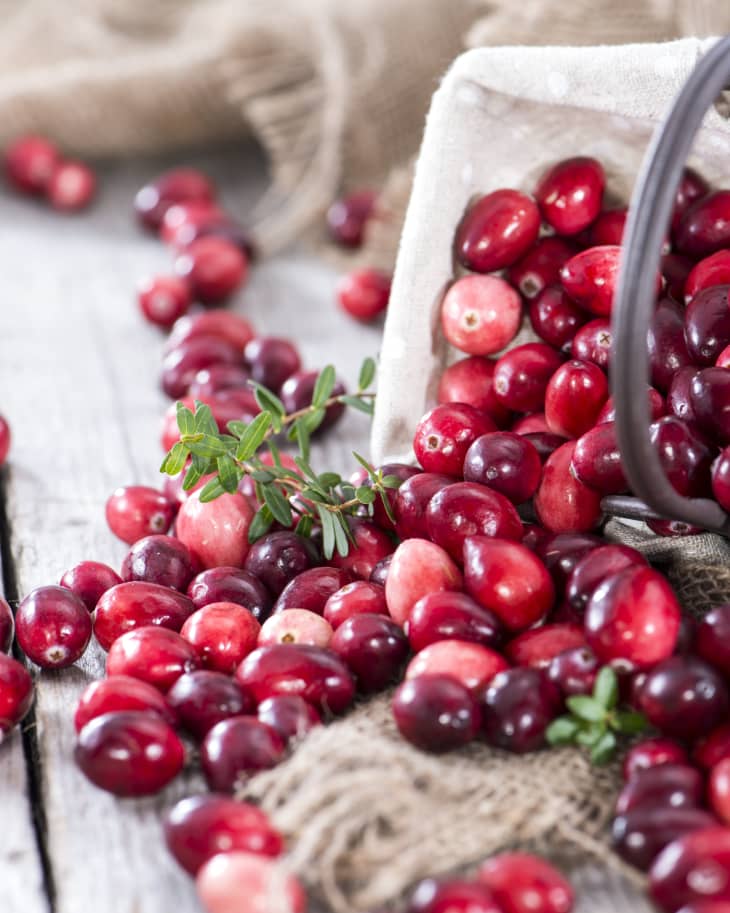5 Things You May Not Know About Cranberries
Whether you open up a can of cranberry sauce or make your own fancy compote, cranberries are a requisite part of the Thanksgiving menu. These tiny jewel-toned fruits actually have a rich American history that justifies its place on our tables. Here are fun facts about cranberries that you can break out at Thanksgiving dinner to impress your family and friends!
1. Cranberries are a native American fruit.
Cranberries, along with blueberries and Concord grapes, are native to North America.
2. Cranberries were used for more than eating.
Cranberries were originally used to cure meat, heal wounds, and dye fabric.
3. Cape Cod isn’t the sole cultivator of cranberries.
While cranberries were first recorded as cultivated on Cape Cod in Dennis, MA, in 1816 and cranberries are still grown on Cape Cod, about half of the country’s cranberries are grown in Wisconsin. New Jersey, Oregon, and Washington also grow cranberries.
4. Cranberries aren’t grown in water.
You’ve probably seen Ocean Spray commercials with the growers standing chest-high in cranberries floating in water. Cranberries are actually grown on vines in sandy bogs or marshes, which are then sometimes deliberately flooded during harvest time since cranberries float, making them easier to pull in and harvest.
5. Cranberries were used to prevent scurvy.
When scurvy was common among sailors and pirates, cranberries were the American substitute for limes on sea voyages to help prevent scurvy since they have a high vitamin C content.
